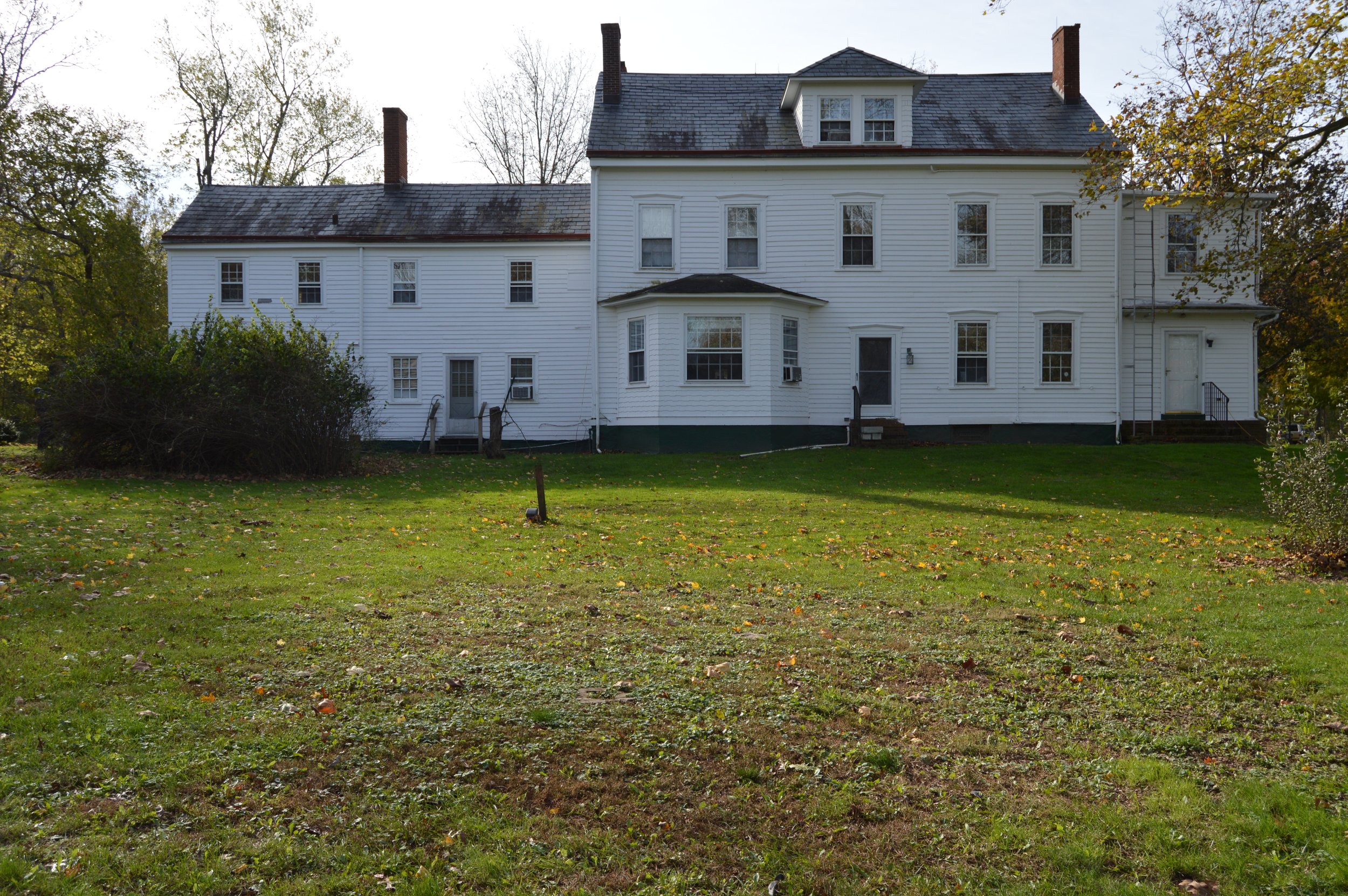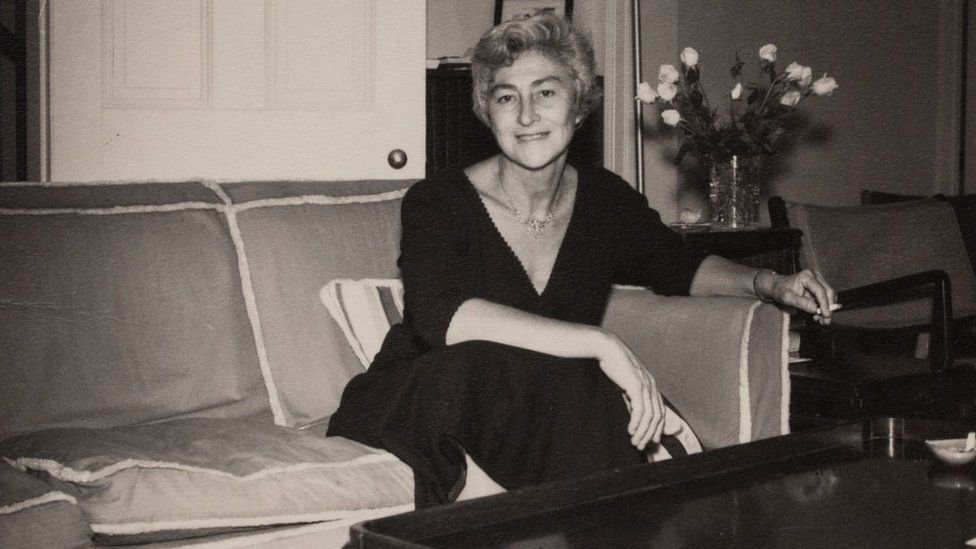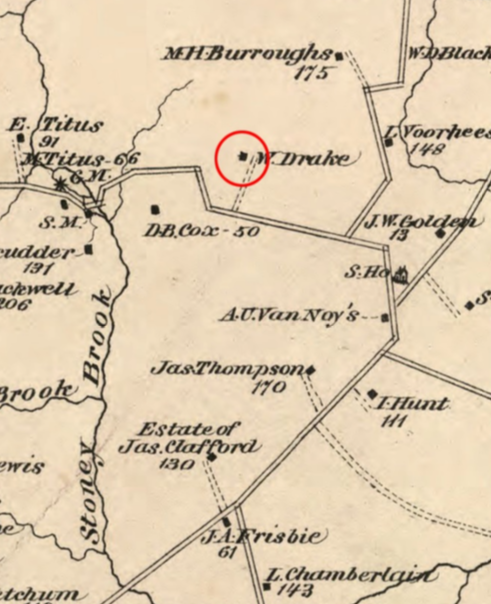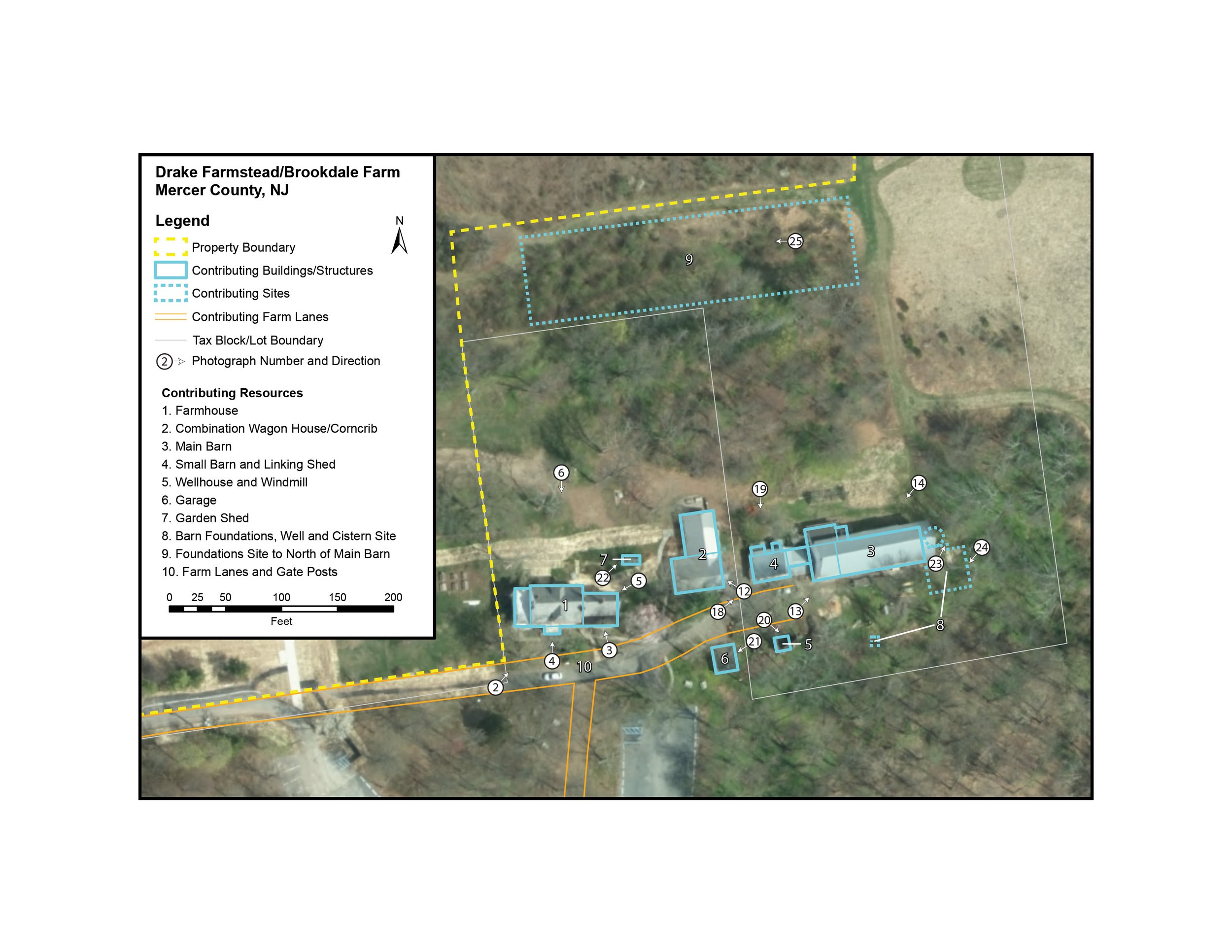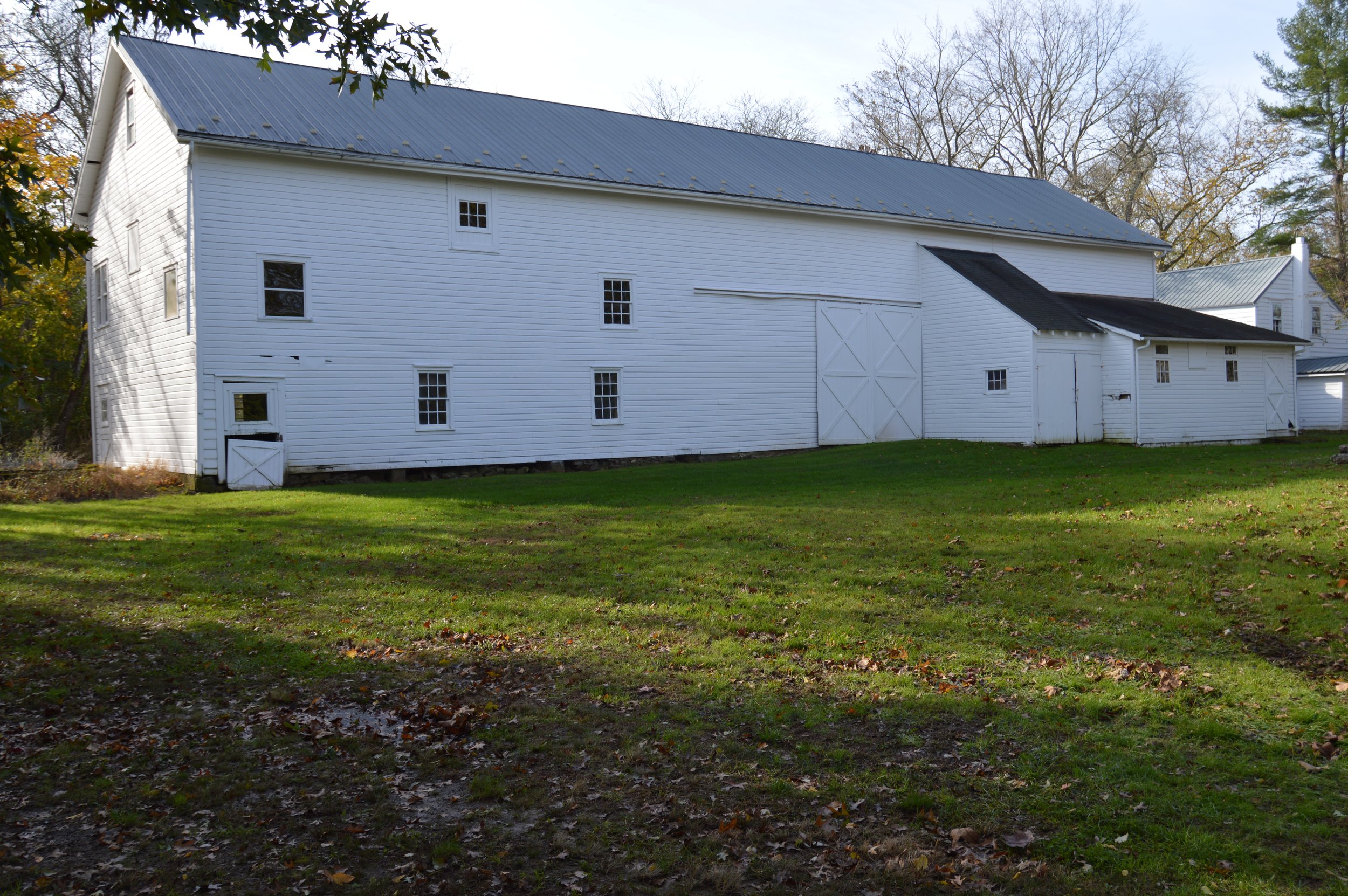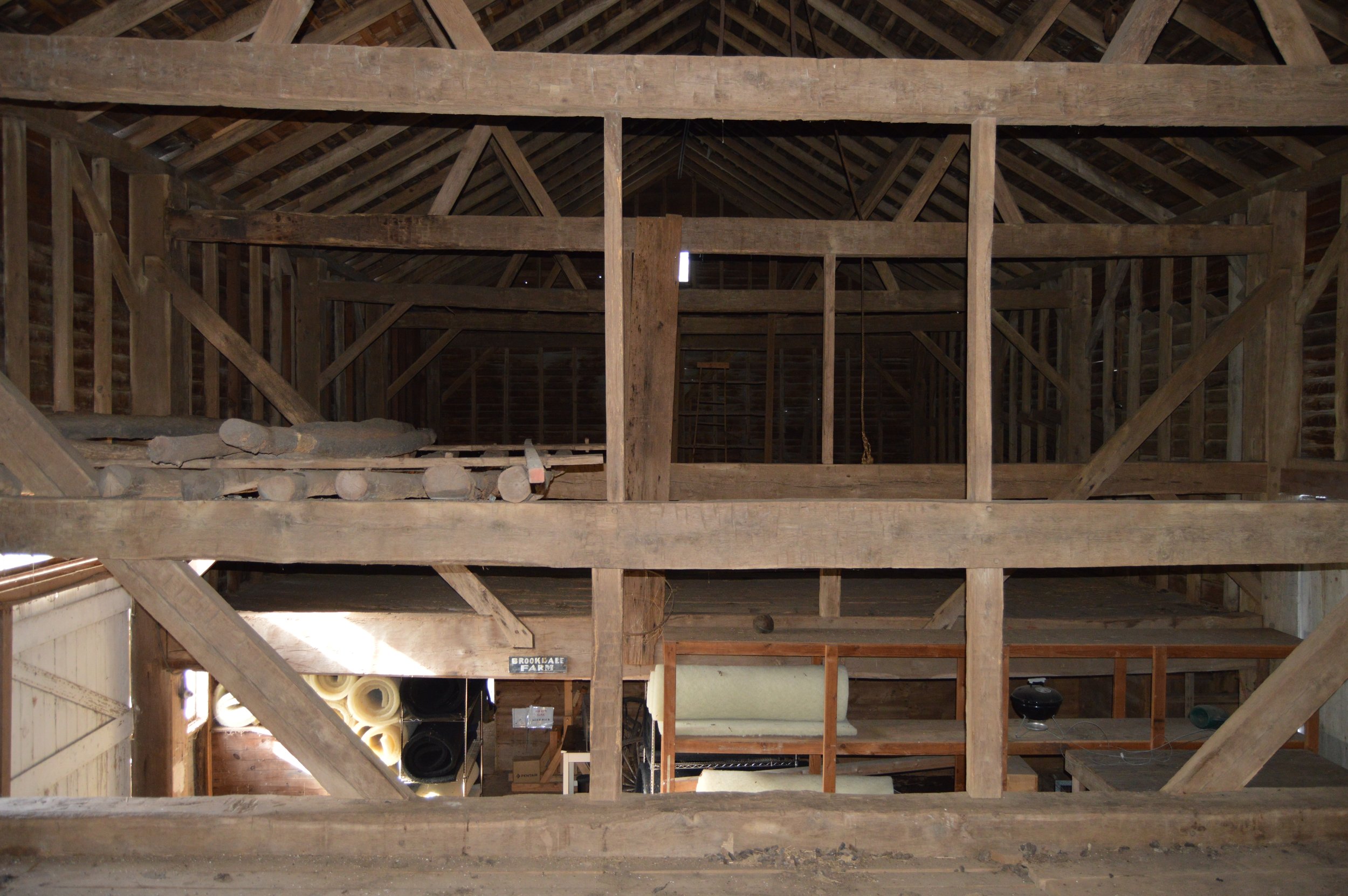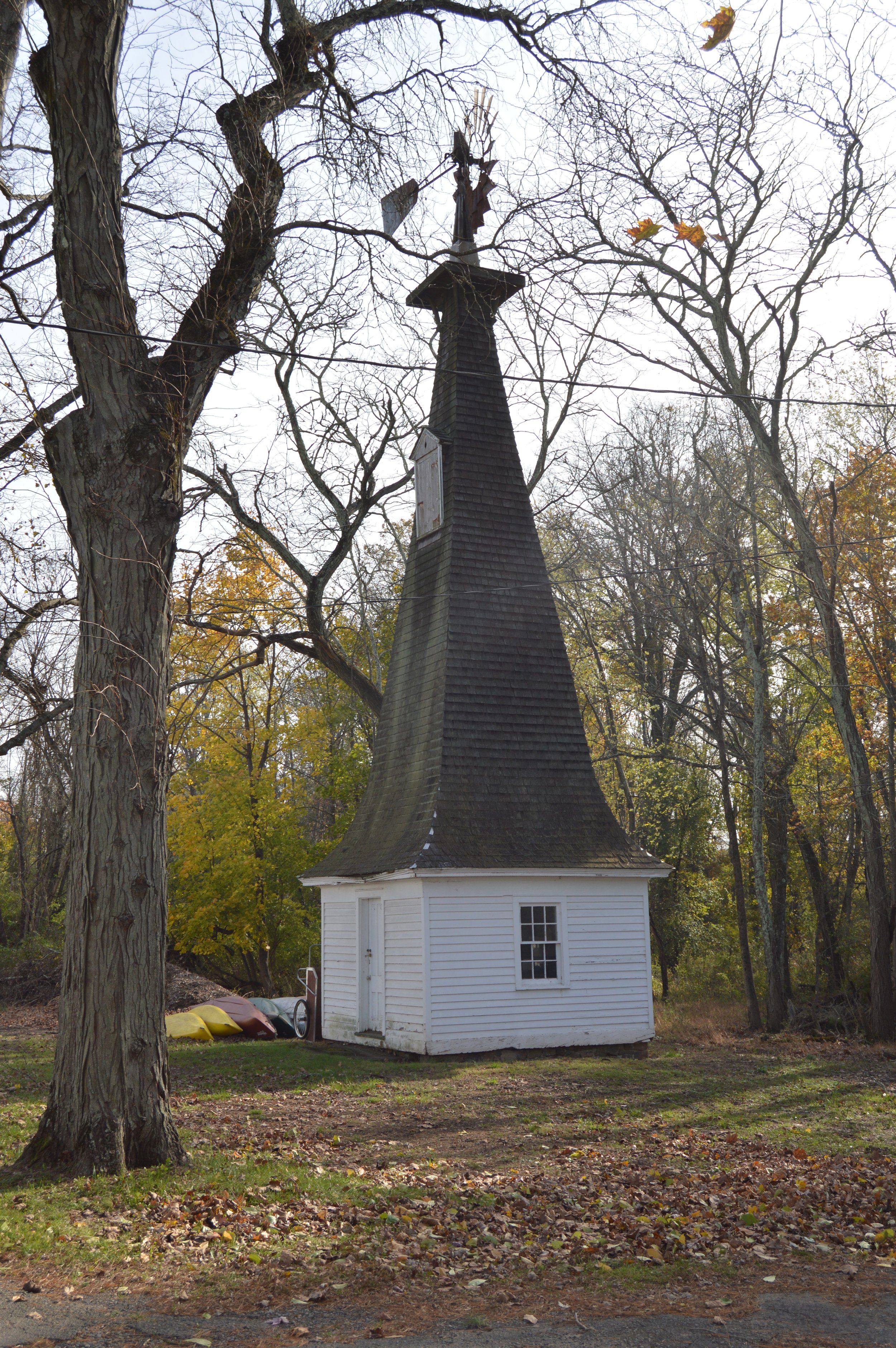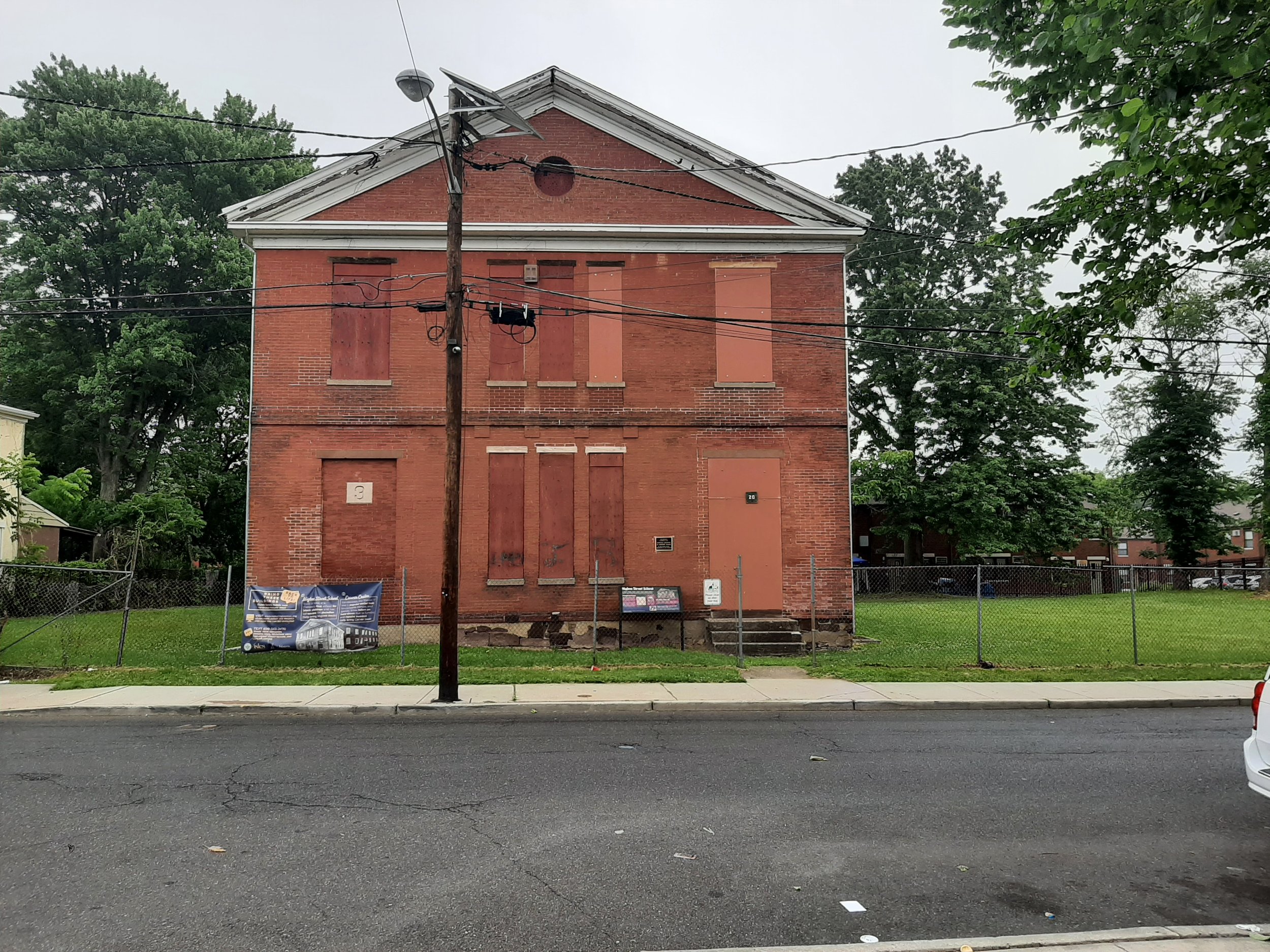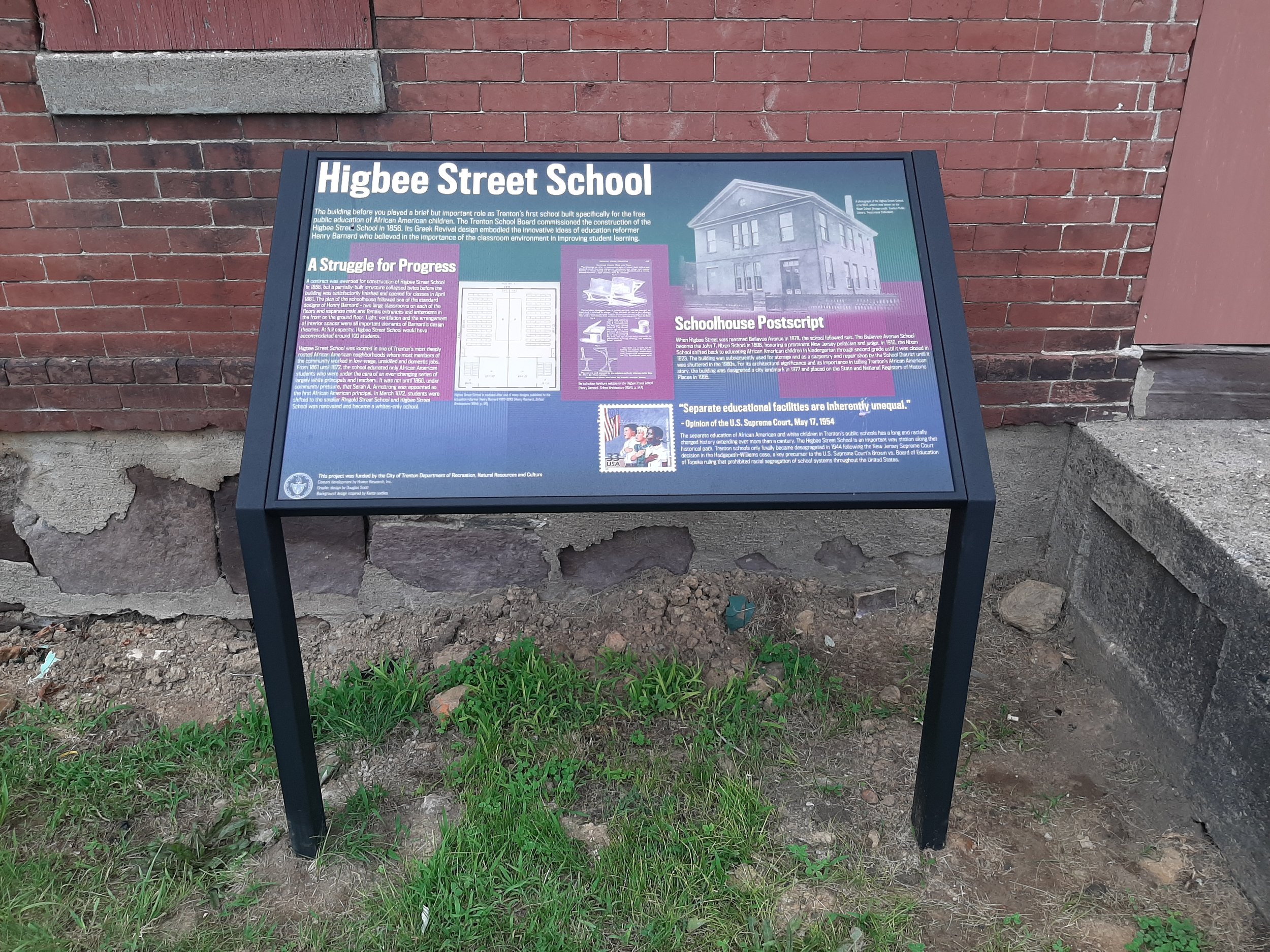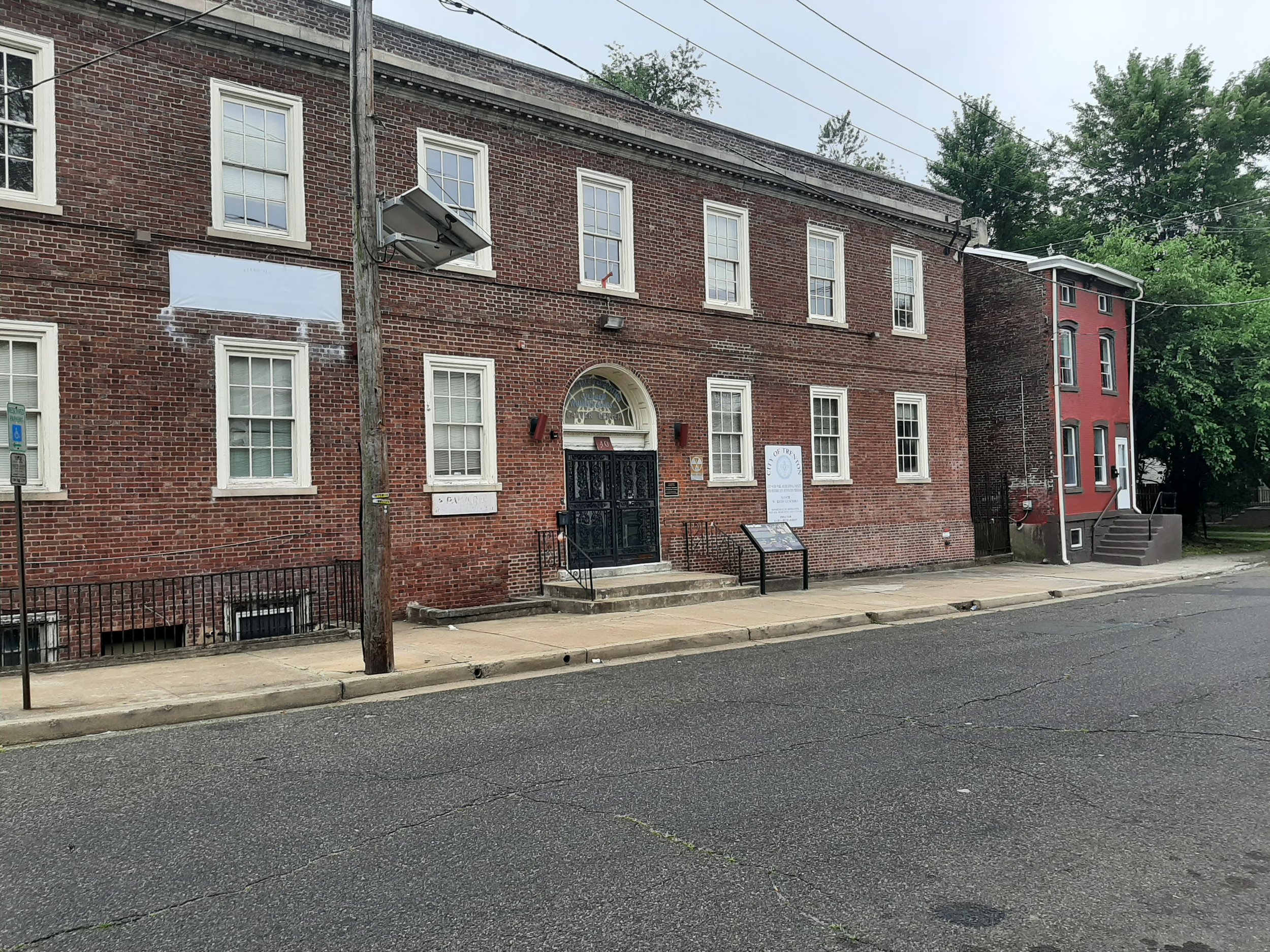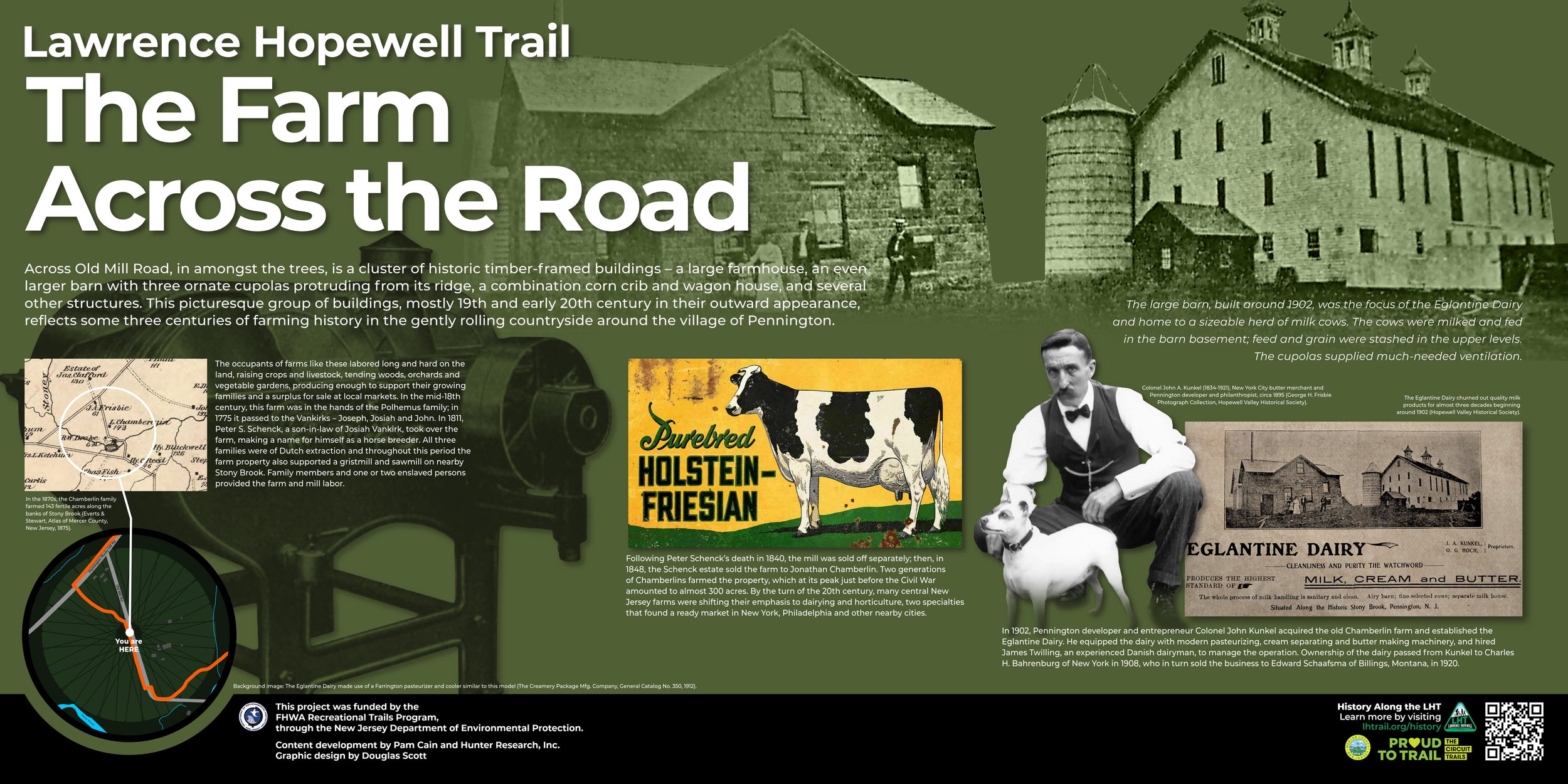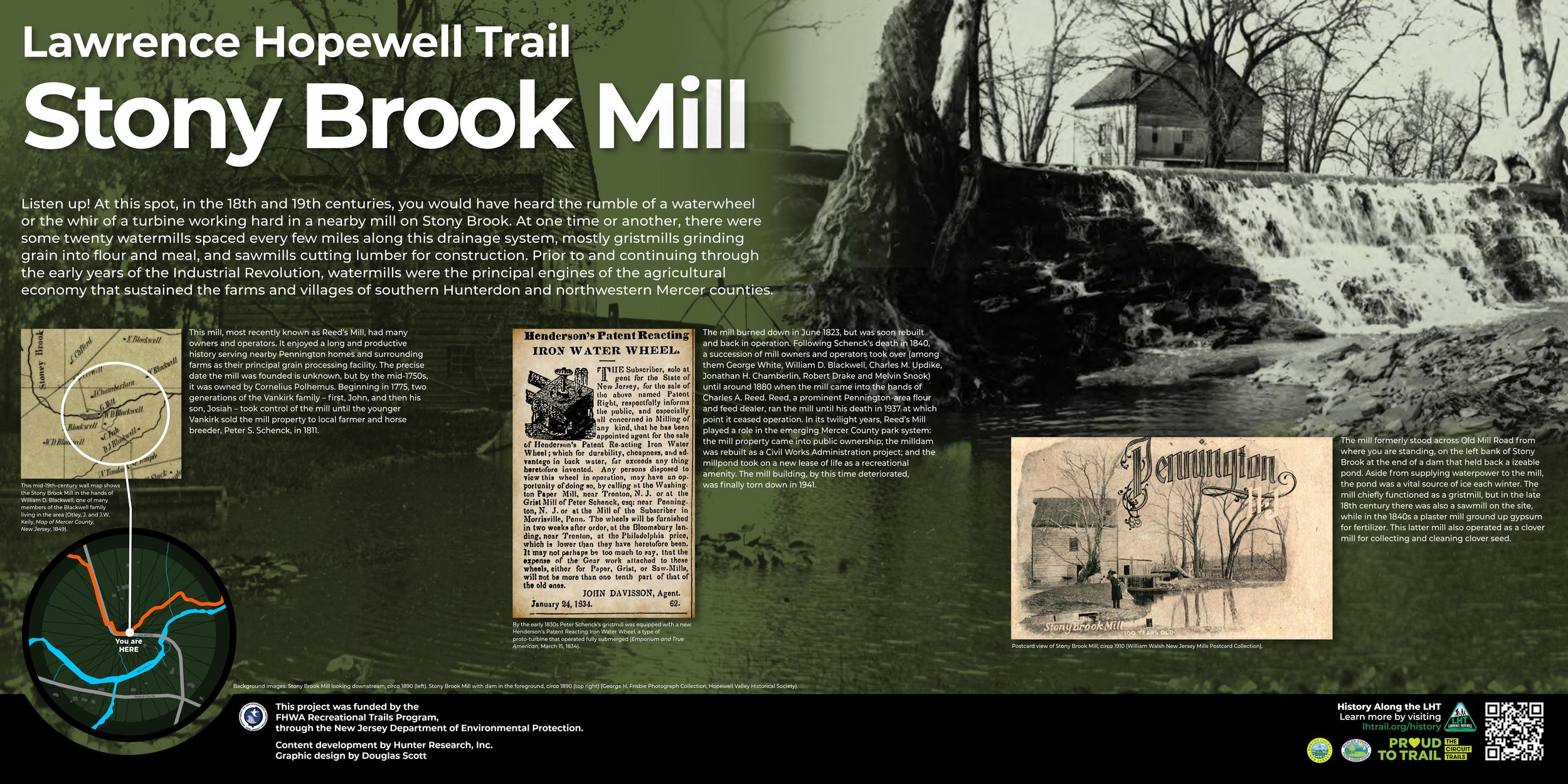In 1697, Andreas Rudman, a Lutheran minister recently arrived from Sweden to attend Swedish and Finnish settlers, wrote to the mother church in Uppsala reporting his impression of the state of its churches in the lower Delaware Valley. His assessment was blunt, “the churches are old and decrepit,” but Rudman resolved that “therefore we, with the help of the Lord, will exert ourselves to build new ones.” Three years later in 1700, Rudman presided over the consecration of Gloria Dei (Old Swedes’) Church, an impressive, Flemish-bond brick church that rivaled any then in existence in Philadelphia. More than 325 years after its founding, the church stands at the center of a complex that includes a burial ground, parsonage, sexton’s house and community hall. Gloria Dei is a center of Swedish culture and one of the oldest churchyards in the United States. It was designated a National Historic Site in 1942, and its grounds have been managed by the congregation in cooperation with the National Park Service since 1958.
In late 2022, Hunter Research completed a Cultural Landscape Report (CLR) for Gloria Dei (Old Swedes’) Church National Historic Site under contract with the National Park Service. Hunter Research’s historians, archaeologists and GIS specialists, with assistance from landscape architects at ETM Associates, worked closely with staff from Independence National Historical Park, the Olmsted Center for Landscape Architecture and Gloria Dei. The CLR was the first ever study based on primary source materials undertaken of the 1.5-acre churchyard and surrounding 3.3-acre park in South Philadelphia, less than a block from the Delaware River. The CLR assembled and presented research findings, existing conditions assessments and analyses of historical significance and integrity. The CLR identified historic landscape developmental periods and placed the site’s topography, building assemblages, spatial relationships, key vistas and views, circulation patterns and plantings into historical contexts.
The CLR data will be used to guide further development of appropriate landscape treatments in accordance with the U.S. Secretary of the Interior’s Standards for the Treatment of Historic Properties. These treatments may in the future address effective vegetation management, conservation of significant landscape features, improved public access and accessibility, and updated interpretation for the benefit of park visitors. The CLR provides park professionals with the information necessary to make informed decisions regarding management and interpretation of Gloria Dei and will ultimately lead to strategies to improve the condition, appearance and public appreciation of the landscape.
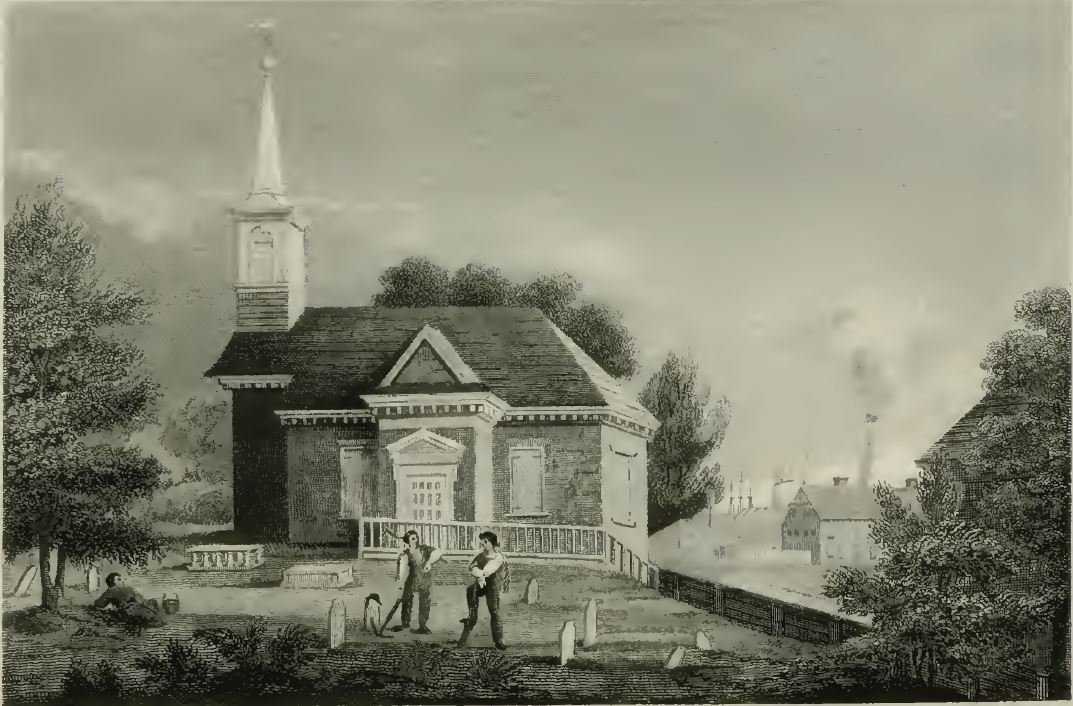
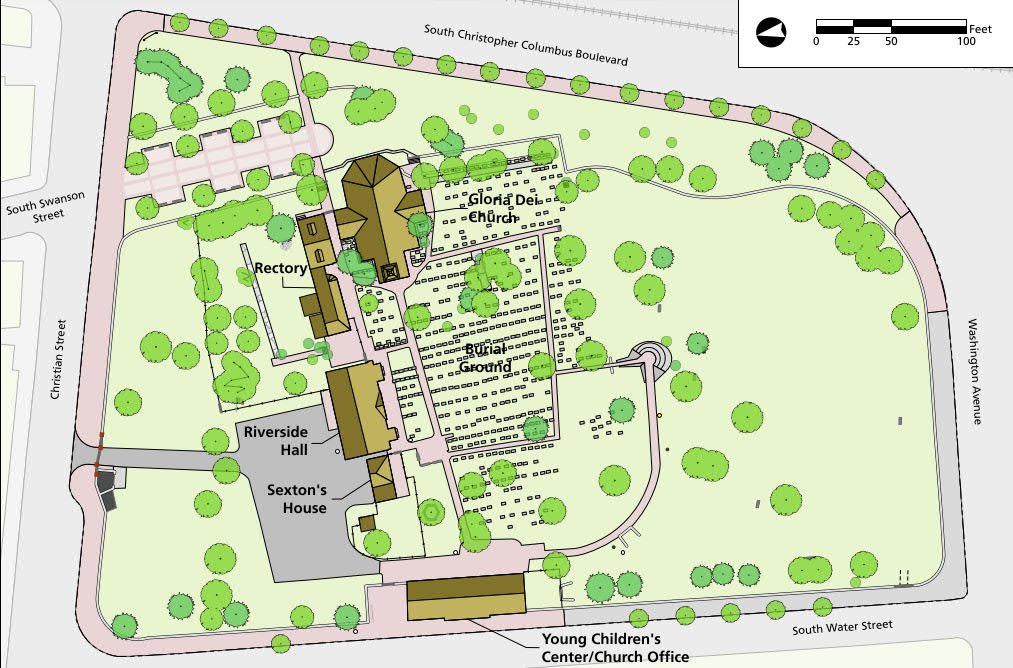
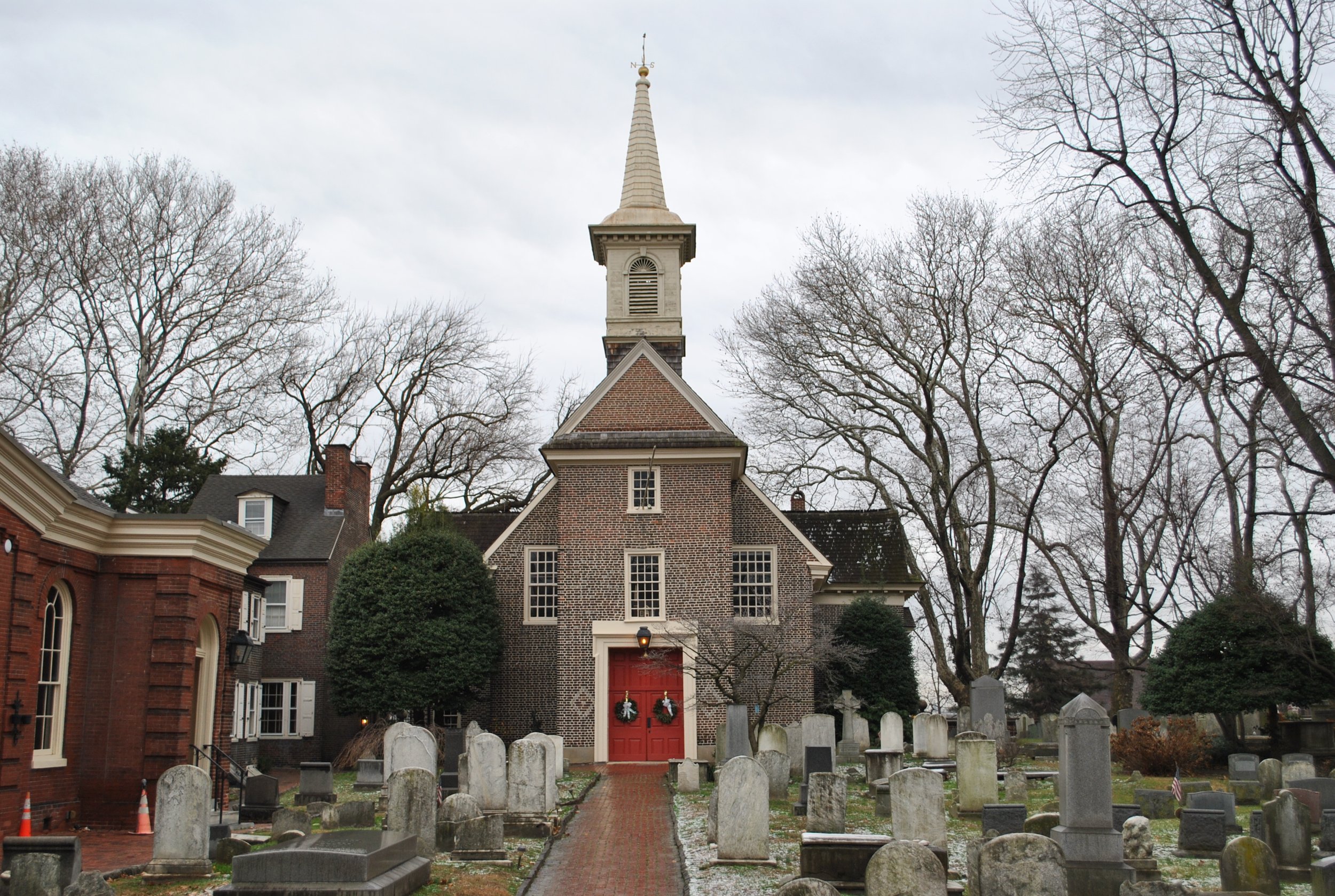
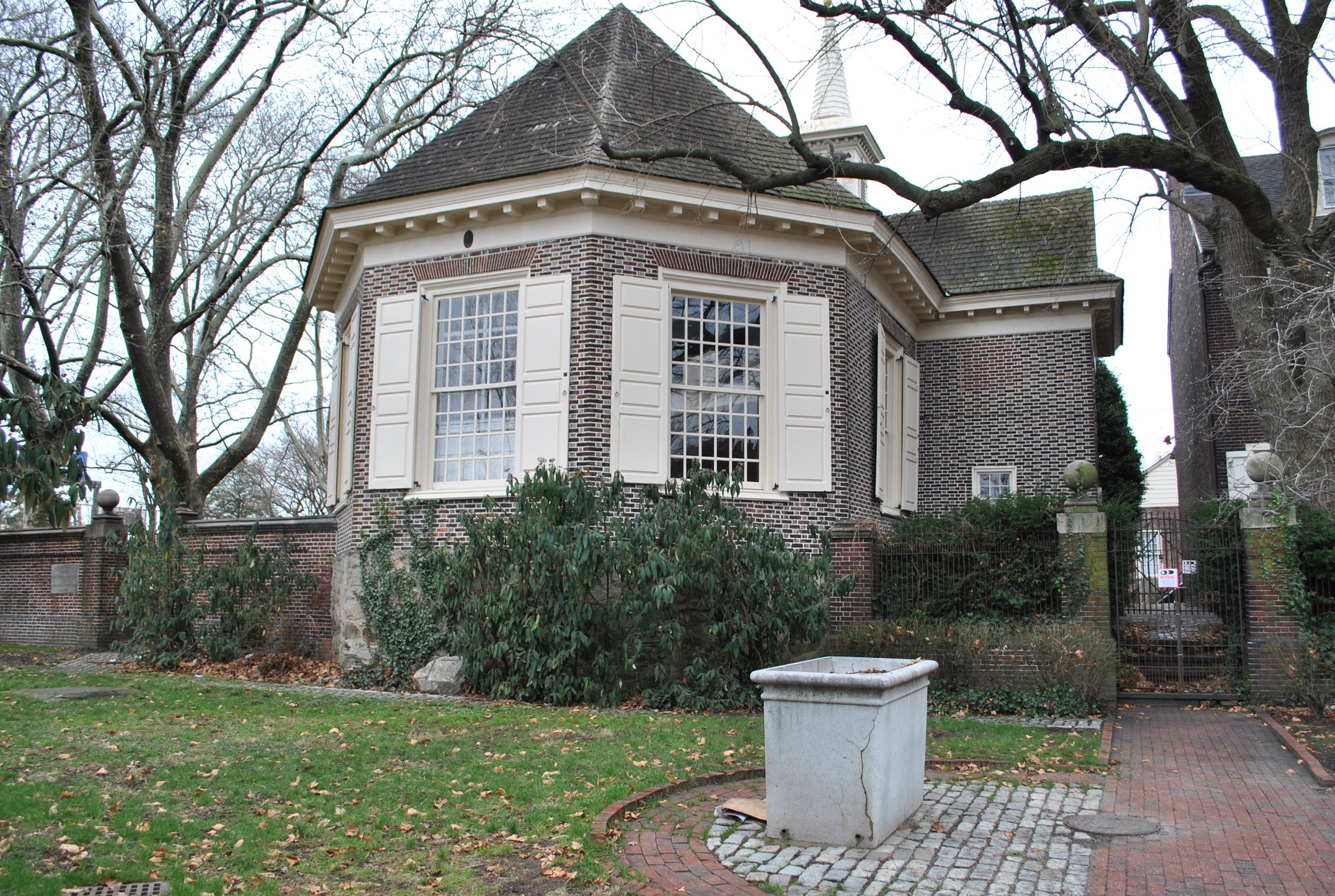
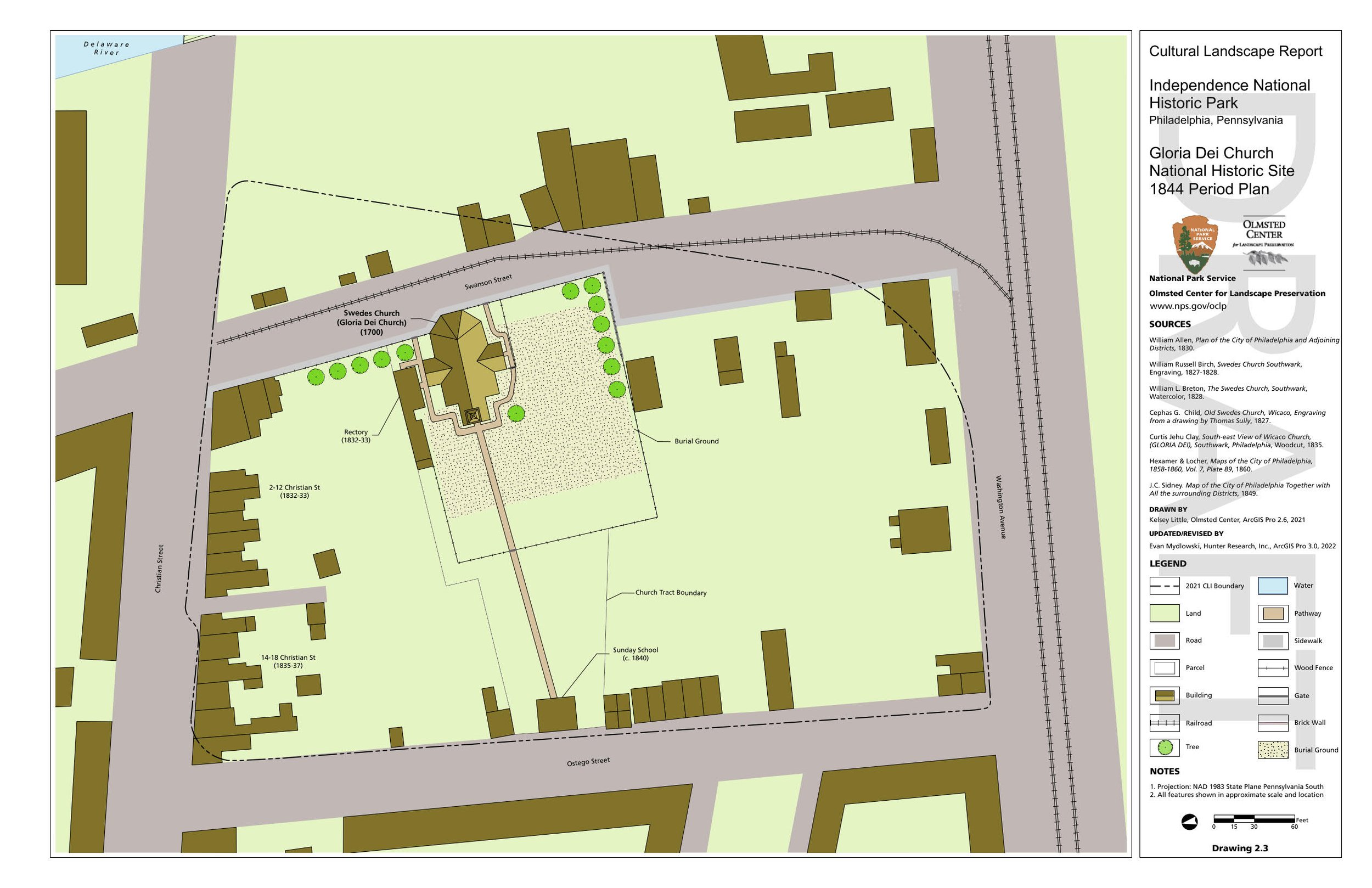
![21079 Figure 2.25x. Old Swedes Church] 1850 to 1860 service-pnp-ppmsca-39900-39946v.jpg](https://images.squarespace-cdn.com/content/v1/54eb7fcce4b0a4e937b40d71/1675716414674-92VD2VKDXGVQDZJVCWPD/21079+Figure+2.25x.+Old+Swedes+Church%5D+1850+to+1860+service-pnp-ppmsca-39900-39946v.jpg)
